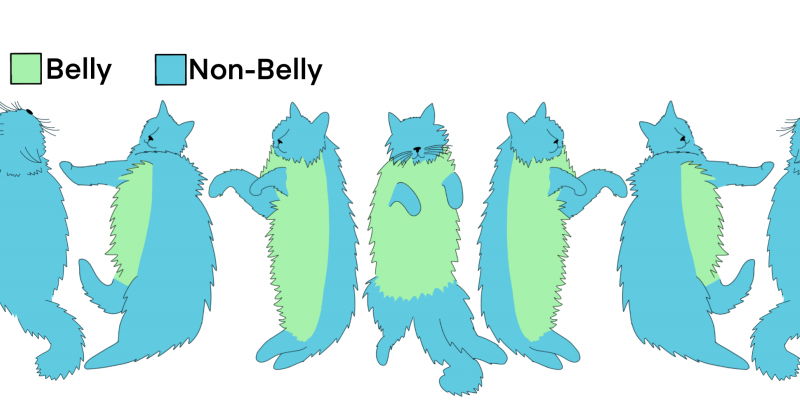Phase resolved observations of planetary bodies allow us to understand the longitudinal and latitudinal variations that make each one unique. Rotational variations have been detected in several types of astronomical bodies beyond those of planetary mass, including asteroids, brown dwarfs, and stars. Unexpected rotational variations, such as those presented in this work, reminds us that the universe can be complicated, with more mysteries to uncover. In this work we present evidence for a new class of astronomical objects we identify as “floofy” with observational distinctions between several sub-types of these poorly understood objects. Using optical observations contributed by the community, we have identified rotational variation in several of these floofy objects, which suggests that they may have strong differences between their hemispheres, likely caused by differing reflectivity off their surfaces. Additional sub-types show no rotational variability suggesting a uniform distribution of reflective elements on the floofy object. While the work here is a promising step towards the categorization of floofy objects, further observations with more strictly defined limits on background light, illumination angles, and companion objects are necessary to develop a better understanding of the many remaining mysteries of these astronomical objects.
